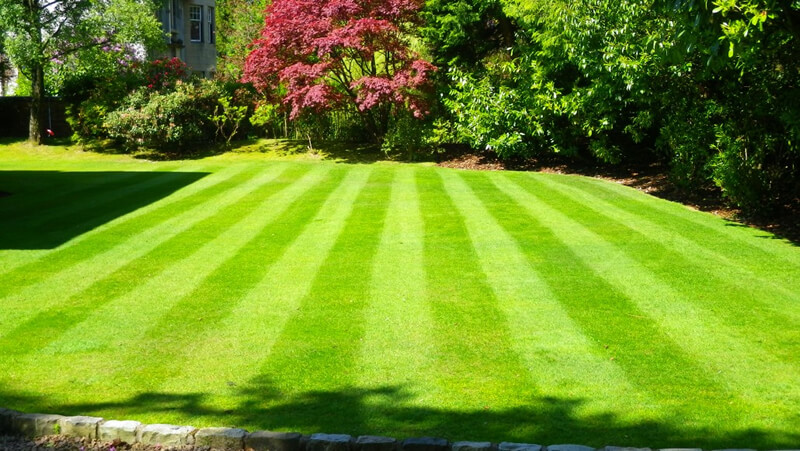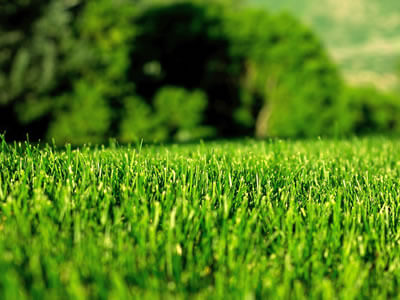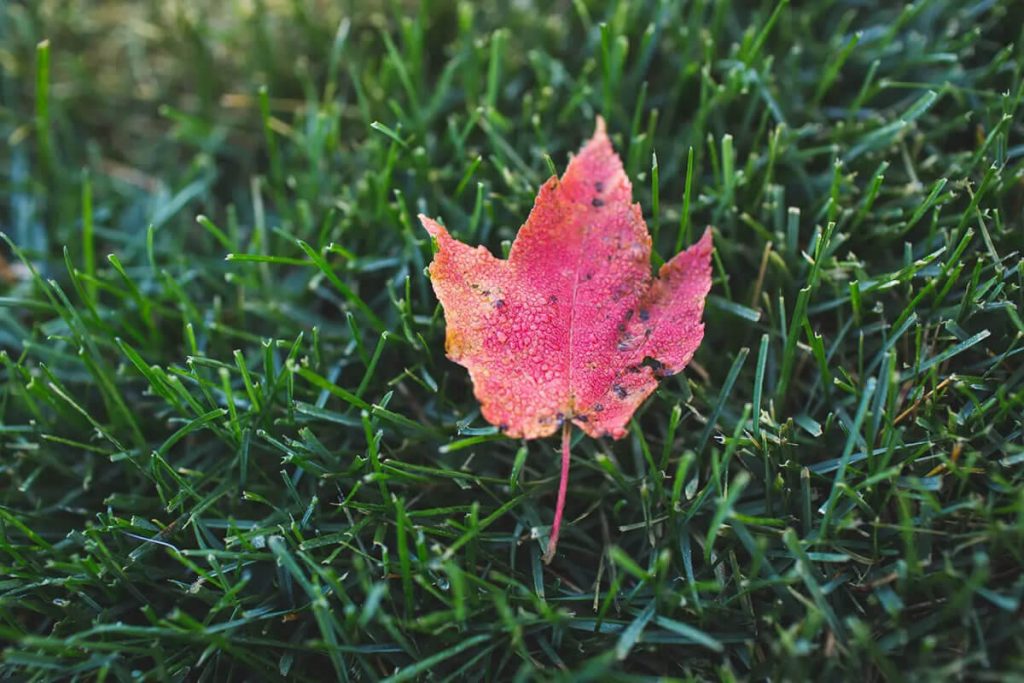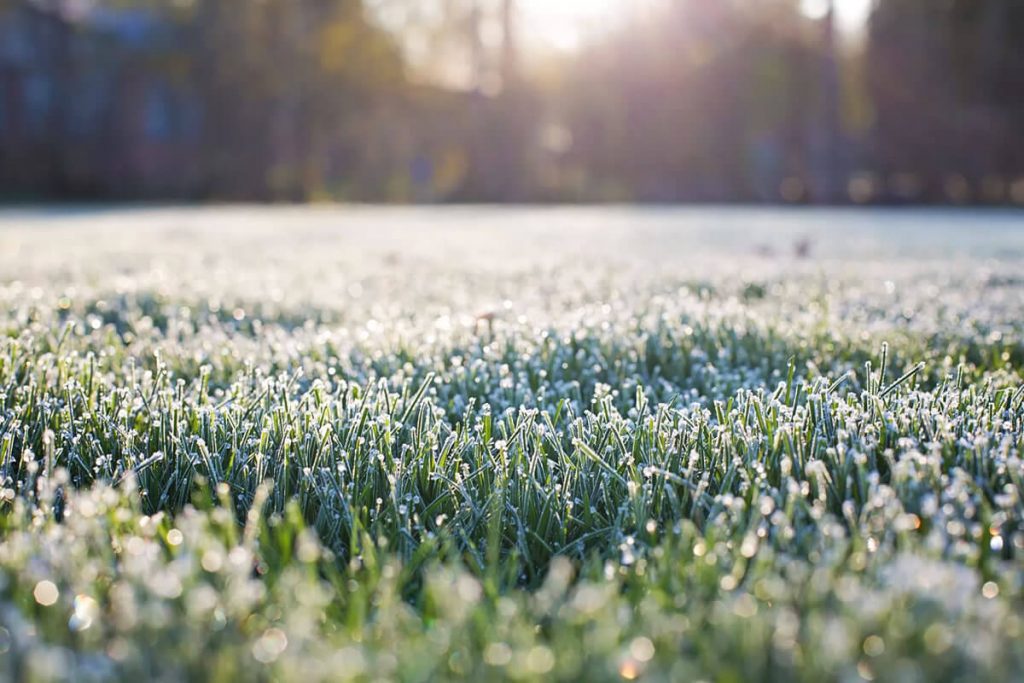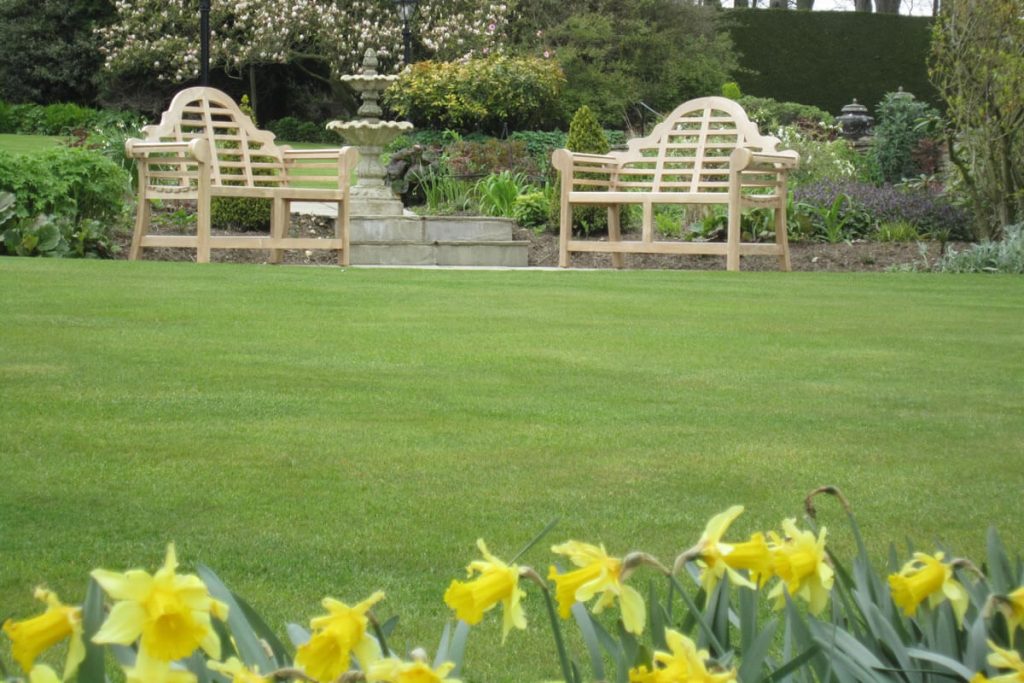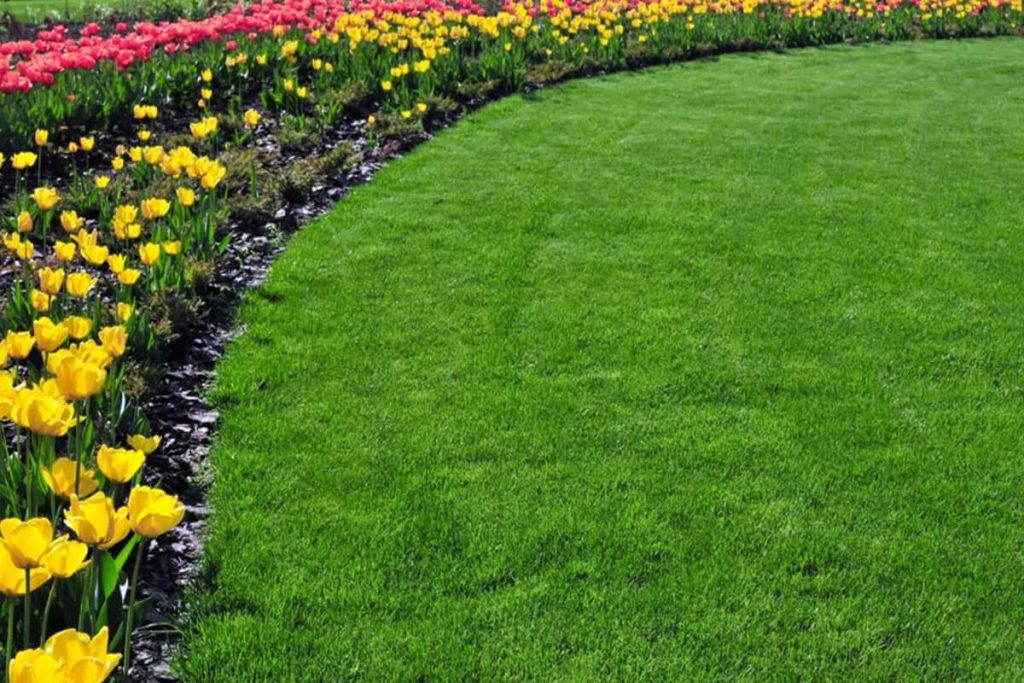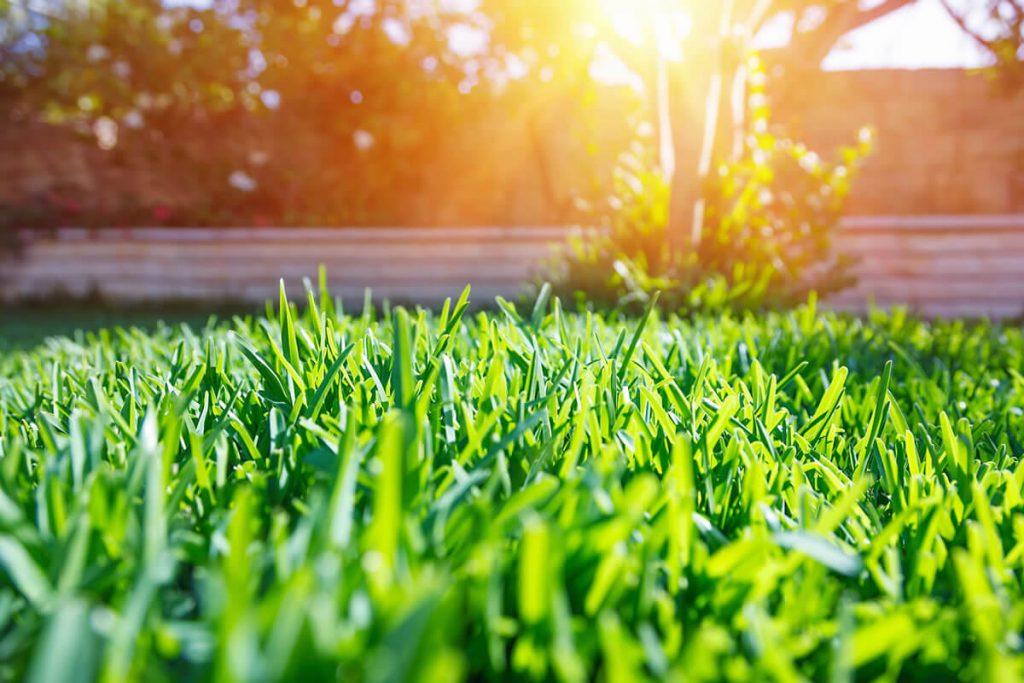Moss taking over your lawn isn’t just frustrating—it’s a sign that something isn’t quite right. Many homeowners try to remove moss year after year, only for it to come back stronger than before. The reason? Moss isn’t the problem—it’s the symptom of a bigger issue.
If you don’t tackle what’s allowing moss to thrive, you’ll find yourself locked in a never-ending battle, scraping, raking, and treating without lasting results. So, what’s really causing moss to take hold in your lawn? And more importantly, how do you stop it from returning for good?
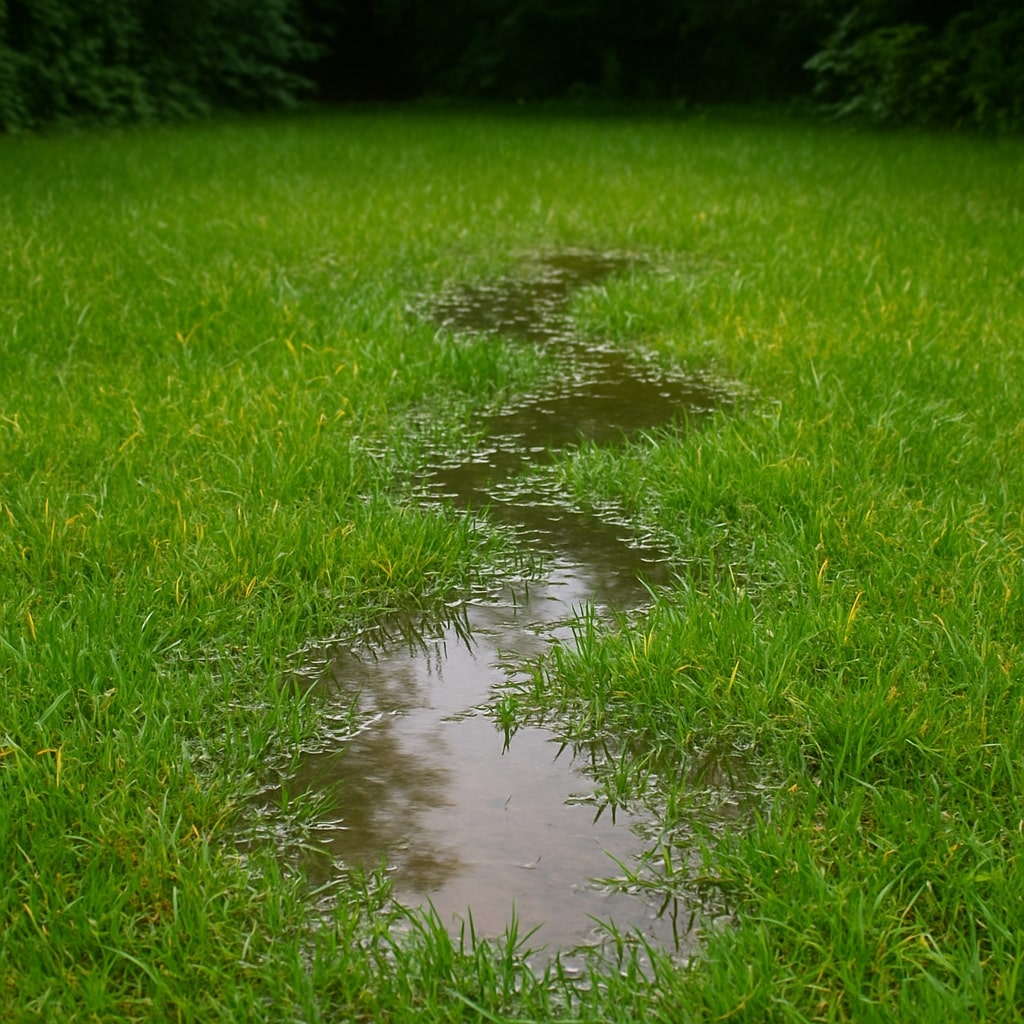
Moss Loves Damp Conditions—Is Your Lawn Too Wet?
One of the biggest reasons moss takes over is excess moisture. If your lawn stays soggy after rain, you’re creating the perfect conditions for moss to spread. Unlike grass, moss doesn’t have deep roots—it can grow on compacted, wet soil where grass struggles to survive.
Some of the common causes of a waterlogged lawn include:
- Compacted soil that stops water from draining properly.
- Shaded areas where the sun can’t dry out the ground.
- Heavy clay soils that naturally hold onto moisture.
If you often notice puddles forming or water sitting on the surface after rain, it’s time to improve your lawn’s drainage. Aerating the soil, relieving compaction, and ensuring proper runoff can make all the difference in keeping moss at bay.
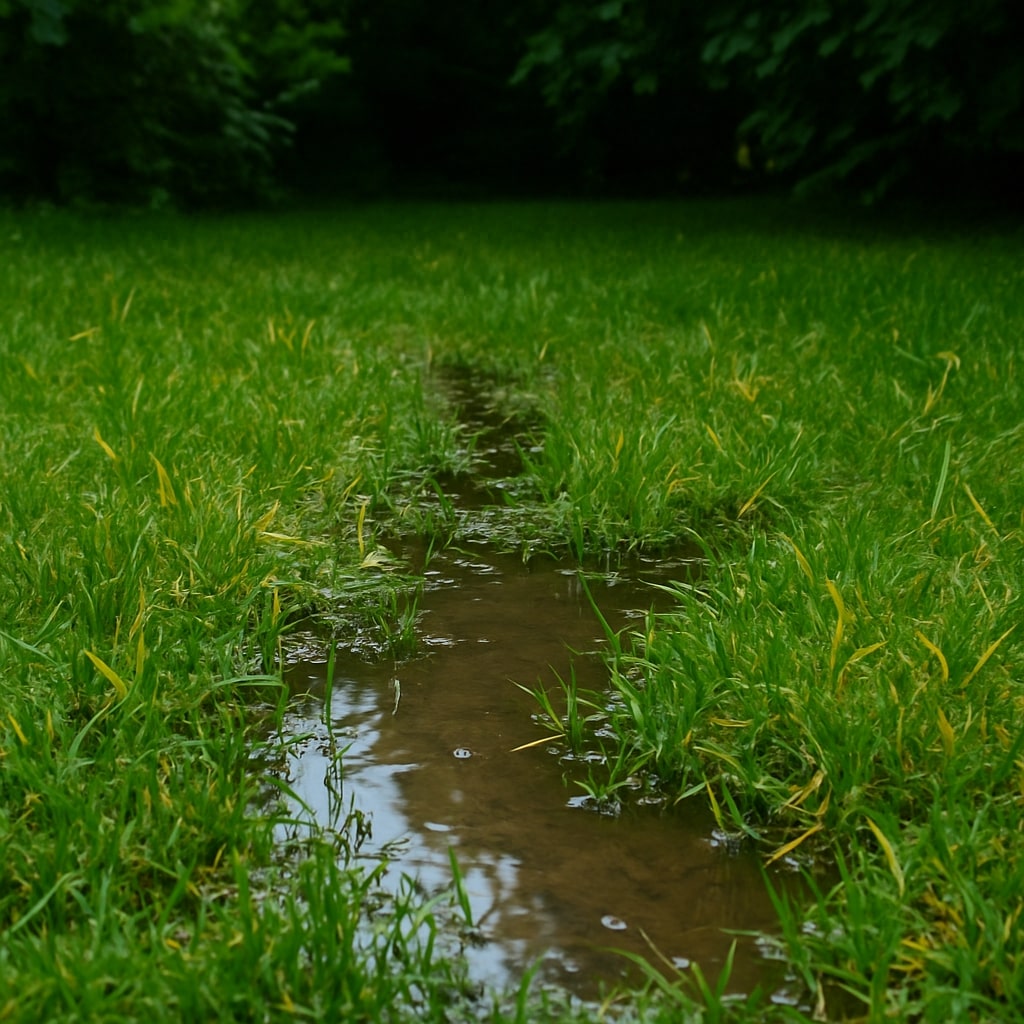
Weak Grass = More Room for Moss
A healthy, thick lawn leaves little room for moss to grow. But when grass is struggling, thin patches start to appear, giving moss the space it needs to take hold.
There are several reasons your grass might be weak, and one of the most common is poor nutrition. If your lawn isn’t getting the right balance of nutrients, it won’t grow thick and strong enough to compete with moss.
If your grass looks pale, patchy, or thin, it may need targeted feeding to restore its strength. A professional lawn care programme ensures that your lawn gets exactly what it needs, at the right time of year, to stay dense, green, and resilient against moss.
Another issue is lack of overseeding. When bare patches appear in your lawn, overseeding fills those gaps with new grass seed, preventing moss from creeping in. Regular overseeding keeps your lawn thick and helps outcompete moss naturally.
Is Shade Encouraging Moss to Spread?
Moss loves cool, damp, shaded areas, making it a frequent problem under trees, along fences, and in corners of the garden that don’t get much sunlight. If your grass is struggling in these areas, moss will quickly move in and dominate.
If parts of your lawn never seem to dry out, trimming back overhanging branches or thinning dense shrubs can allow more sunlight and airflow, helping to keep the ground drier and making it harder for moss to thrive.
For areas where shade is unavoidable, choosing a shade-tolerant grass seed mix can help. Some grass varieties cope much better in lower light conditions, meaning they’ll hold their ground rather than letting moss take over.
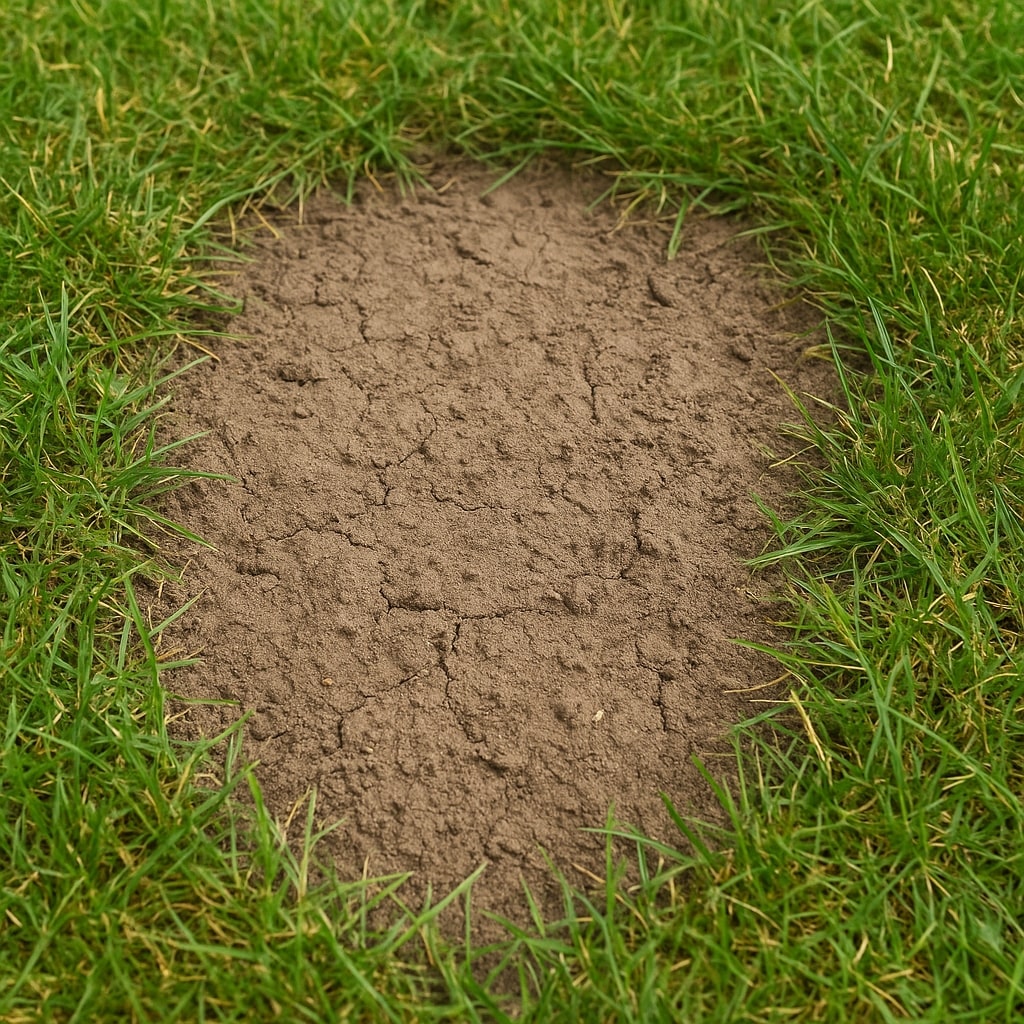
Compacted Soil Stops Grass Growing—But Not Moss
Grass needs deep, healthy roots to thrive, and it can’t grow properly if the soil is too compacted. But moss? It doesn’t care. Unlike grass, moss doesn’t need deep roots—it can spread easily across compacted soil, taking advantage of weak, struggling grass.
If your lawn feels hard underfoot or if water tends to pool on the surface, chances are your soil is too compacted. The solution? Aeration.
By making small holes in the lawn, aeration loosens compacted soil, improves drainage, and allows air, water, and nutrients to reach the roots. This strengthens the grass and makes it harder for moss to survive.
Professional aeration, combined with a targeted feeding plan, will give your lawn the best chance to fight off moss and stay healthy long-term.
Are You Mowing Too Short and Spreading Moss?
Many homeowners don’t realise that incorrect mowing can make moss problems worse. Cutting the grass too short weakens it, making it less able to compete with moss. But even worse—if you mow into moss, you can actually spread it across your lawn.
Every time the mower passes over mossy areas, spores are picked up and redistributed, allowing new patches of moss to form. If moss is already present, it’s best to avoid mowing too low and to rake out moss before mowing to prevent spreading.
The best approach is to keep grass slightly longer, especially in problem areas. A stronger, more established lawn shades out moss naturally, stopping it from taking over.
How Professional Lawn Care Gets Rid of Moss for Good
Moss isn’t just about removing what’s on the surface—it’s about fixing the reasons it appeared in the first place. That’s where professional lawn care makes all the difference.
✔ Aeration to improve drainage and stop waterlogging.
✔ Targeted feeding plans to strengthen grass growth.
✔ Overseeding to thicken weak areas and outcompete moss.
✔ Scarification to remove moss properly without damaging healthy grass.
If you’re tired of moss coming back year after year, a professional approach will break the cycle and give your lawn the care it needs.
What Customers Say About Our Moss Treatments
Many homeowners who struggled with persistent moss problems have seen incredible transformations with professional lawn care.
⭐ “Casey attended our property to carry out moss treatment to the front lawn. He was very pleasant and knowledgeable and carried out the work in a most efficient manner.” ⭐
📢 Check out more reviews here: https://uk.trustpilot.com/review/www.shrekfeet.com
Get a Quote for Moss Control Today
If your lawn is struggling with moss, don’t let it take over—take action today.
✔ Use our online measurement and quote tool to get an instant price for lawn treatment services.
✔ Need more advice? Give us a call—we’re happy to help!
📞 Find out how professional lawn care can keep your lawn moss-free for good!

 Established 2016
Established 2016
